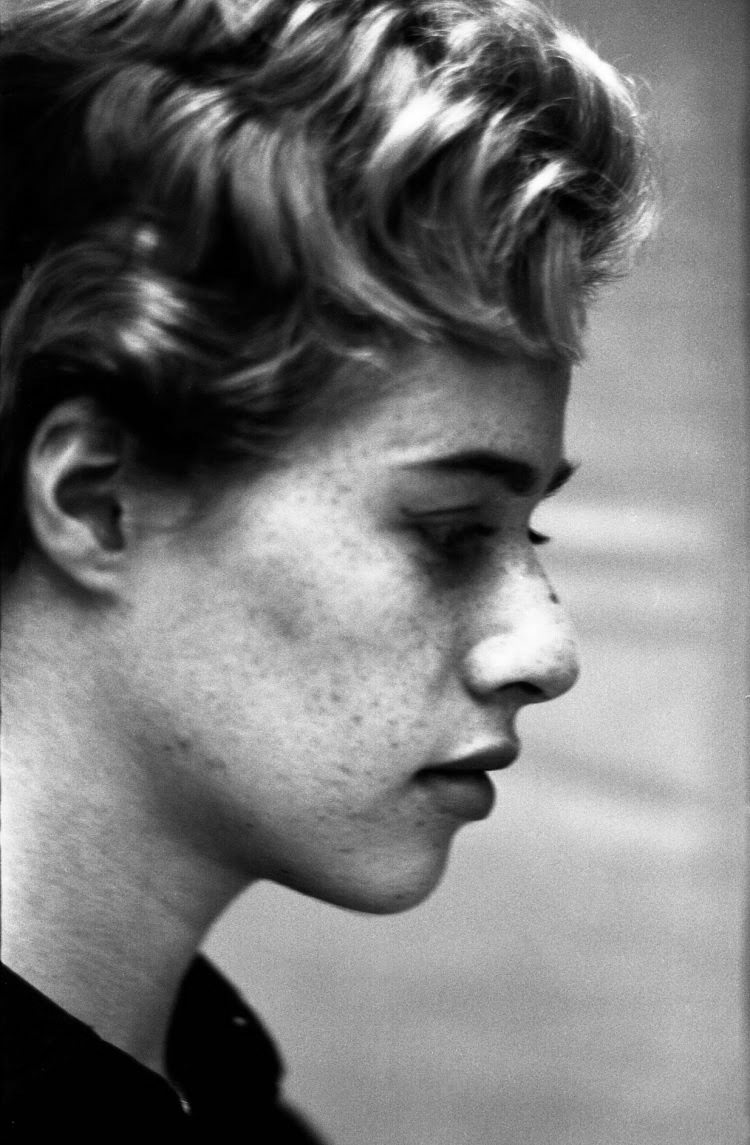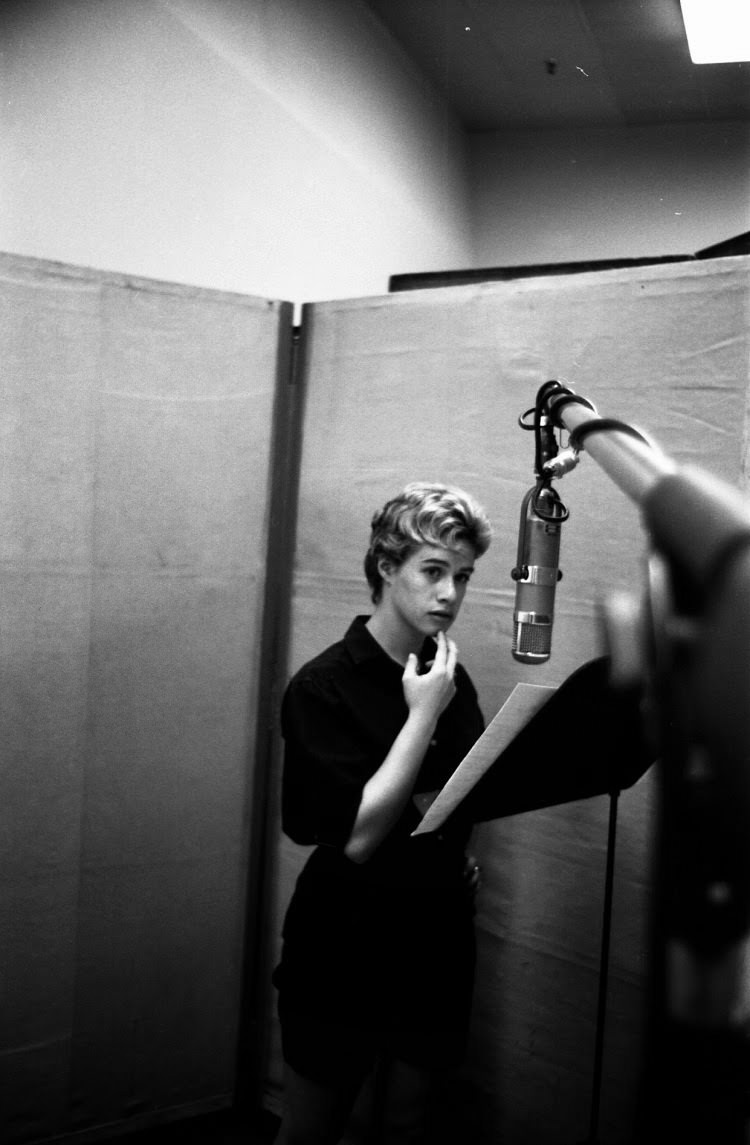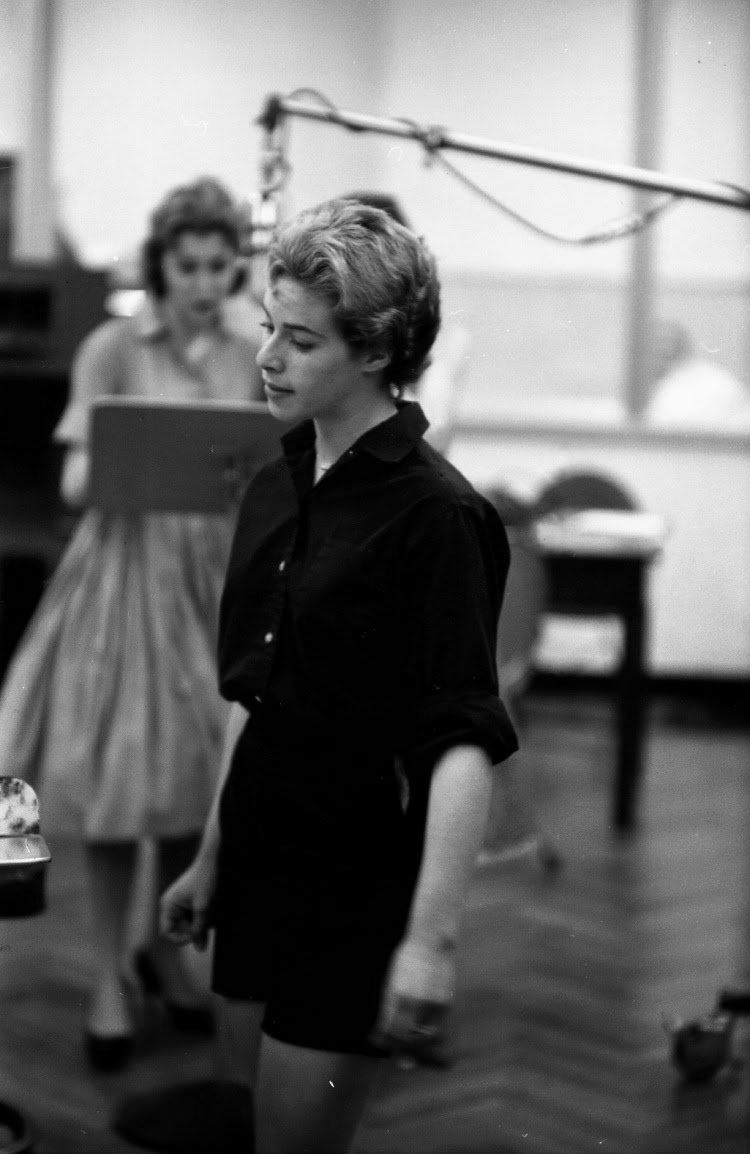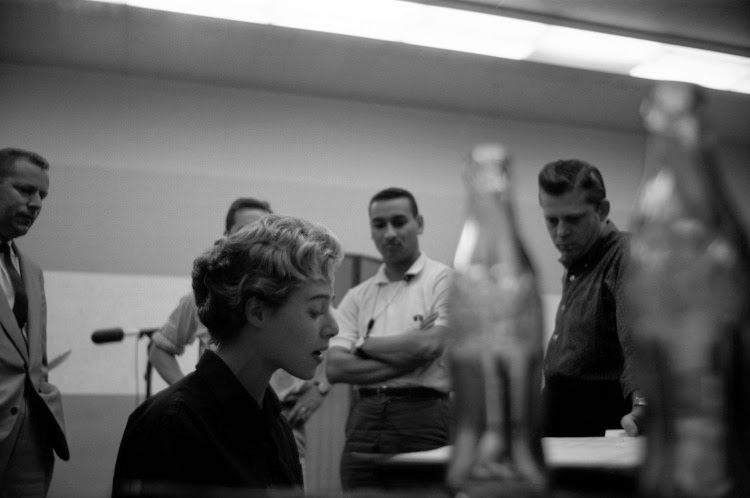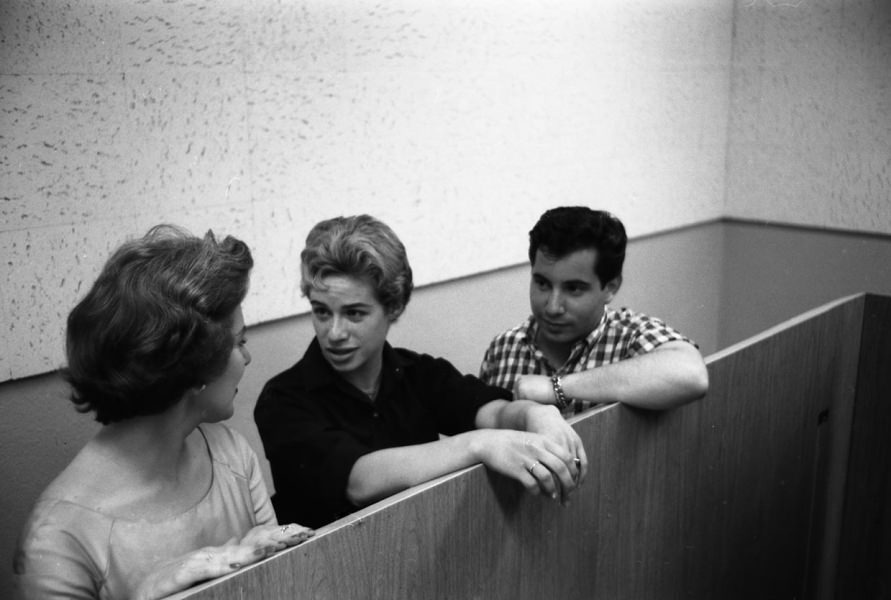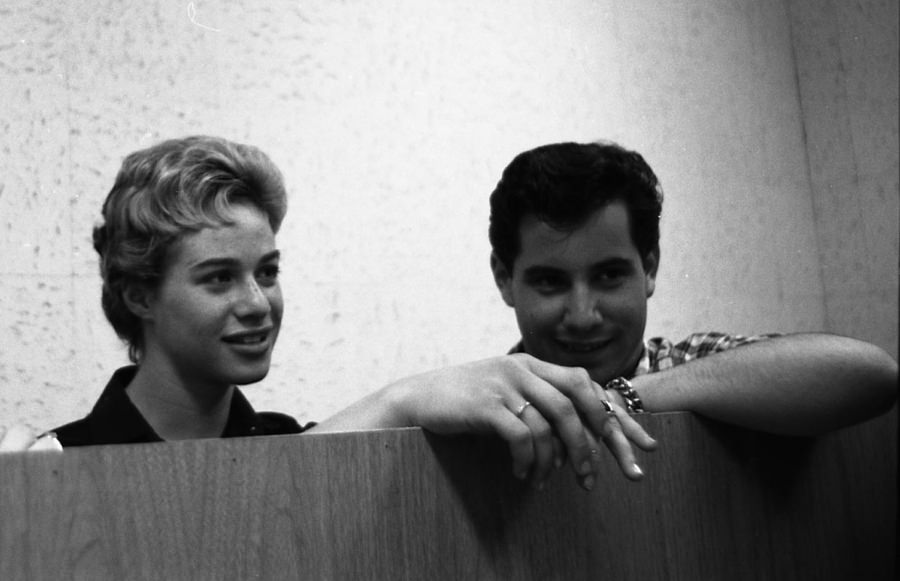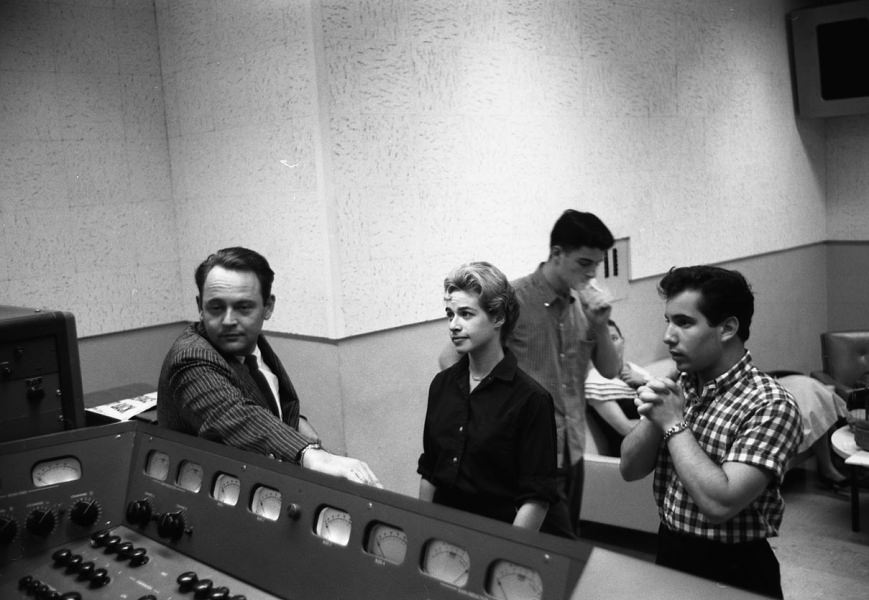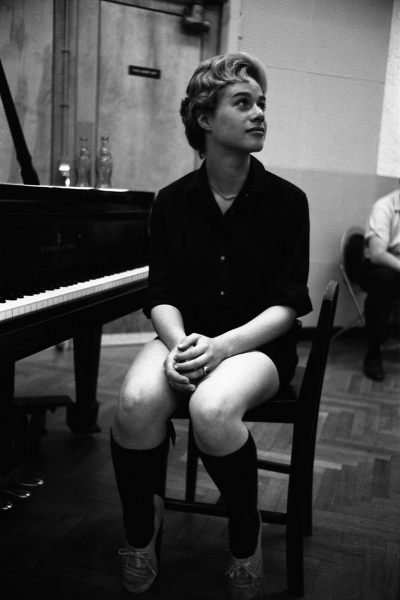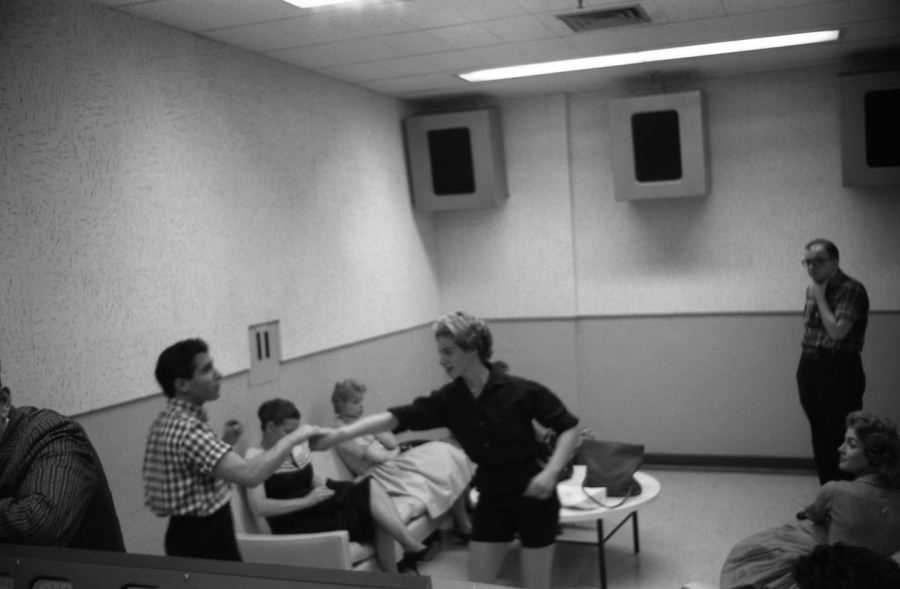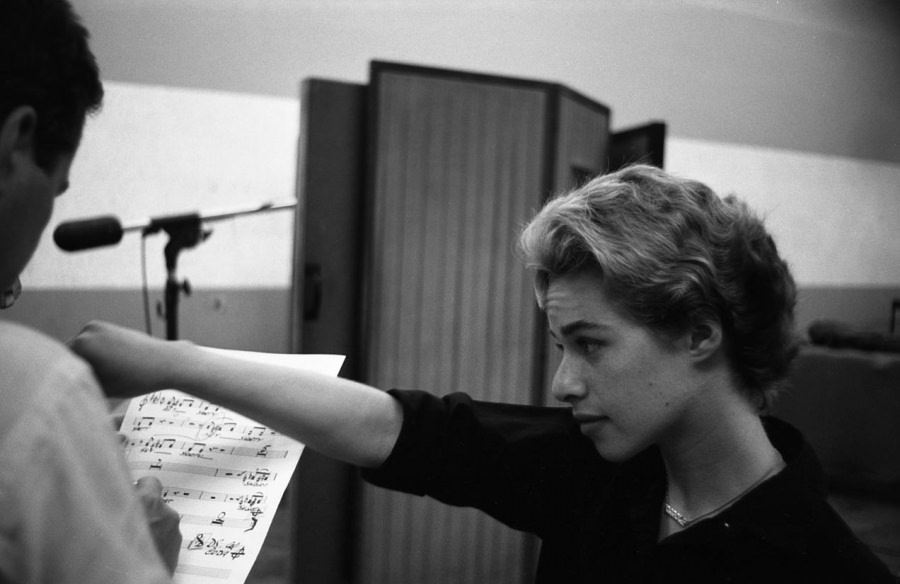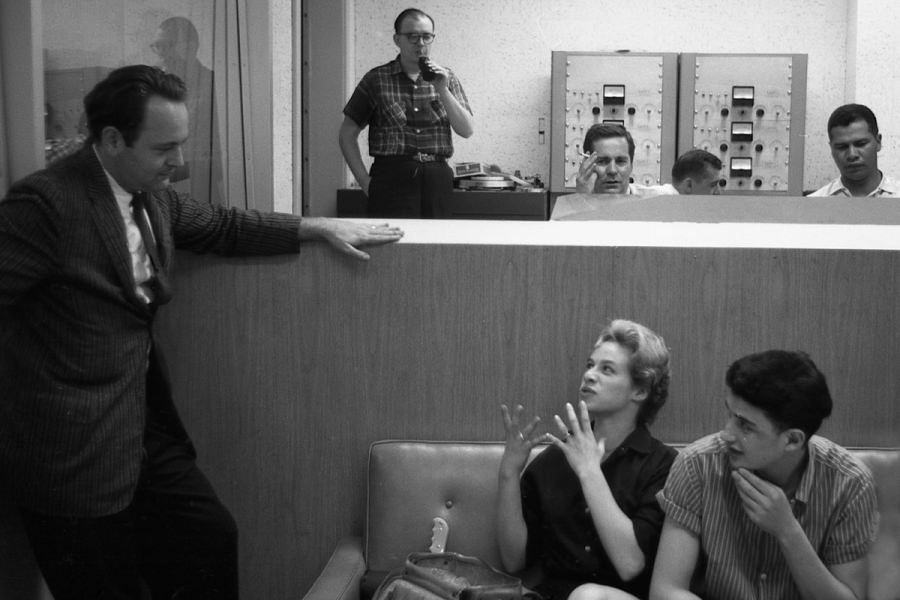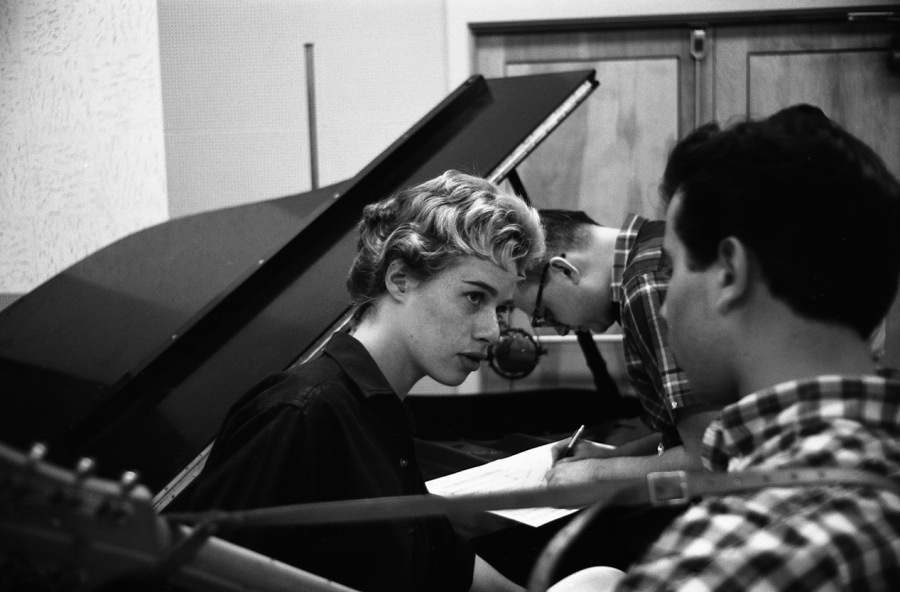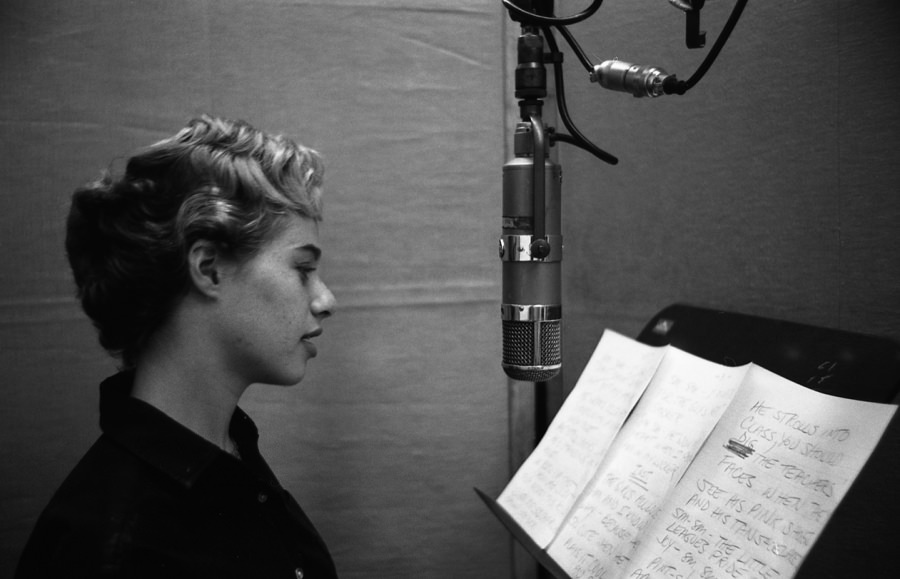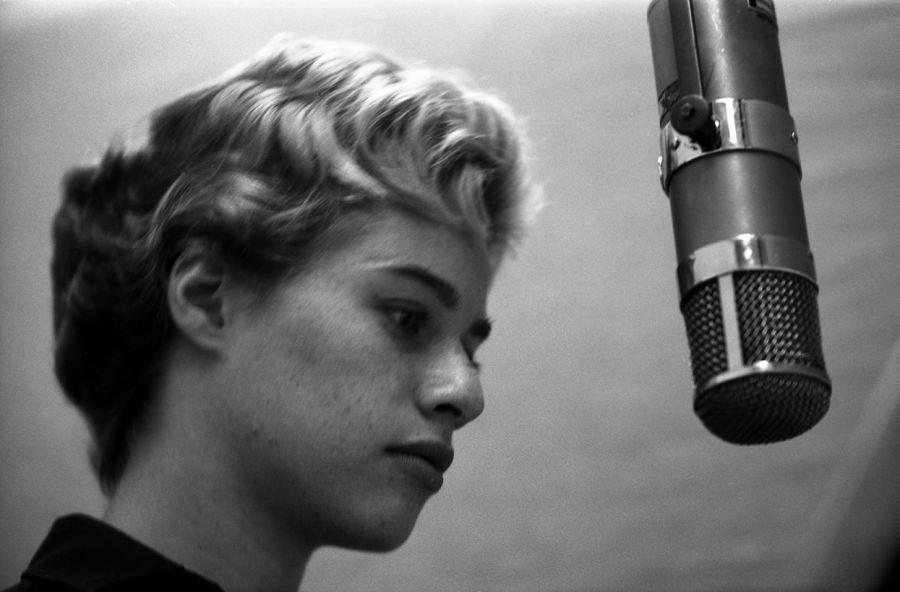On June 9, 1959, Carole King stepped into RCA’s Studio B in New York City. At just 17, she was already writing and recording her own music. That day’s session produced two tracks she co-wrote with Gerry Goffin: Short-Mort and Queen of the Beach.
Goffin was there in the studio, sitting in as his partner shaped the sound of their songs. The room also held publisher Al Nevins, who was a key figure in the Brill Building music scene, and a young guitarist named “Jerry Landis,” better known later as Paul Simon. He played in a checked shirt, long before he became half of Simon & Garfunkel.
Studio B at RCA was a place where countless pop and rock recordings were made. In 1959, the technology was all analog—tape machines, ribbon microphones, and live takes that required precision from everyone in the room. There were no digital edits, so each performance had to be tight from start to finish.
King’s work that day was part of a larger burst of creativity during her teenage years. She and Goffin were writing songs aimed at the growing youth market, blending catchy melodies with lyrics that spoke to the teenage experience.
Some of the music she recorded during this period surfaced decades later on the 2012 release Legendary Demos. That collection included not only these early tracks but also later compositions like Natural Woman and You’ve Got a Friend. Hearing them together shows how her songwriting developed from these early studio sessions into songs that became classics.
The June 1959 session stands as a record of a young artist already surrounded by future legends, working in a small but vital corner of New York’s music industry. It captures the collaborative spirit and raw energy of the city’s recording studios during that era.


